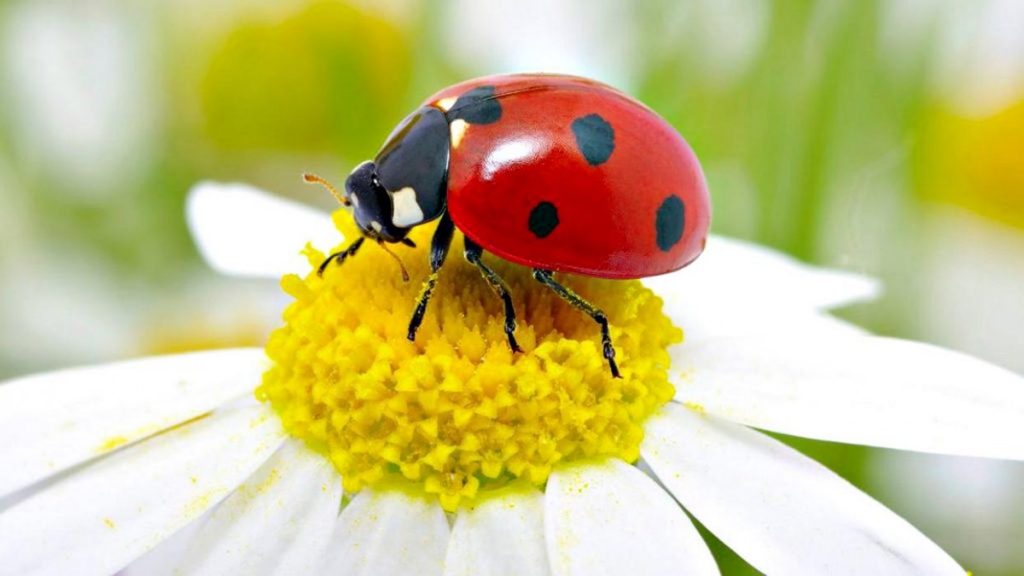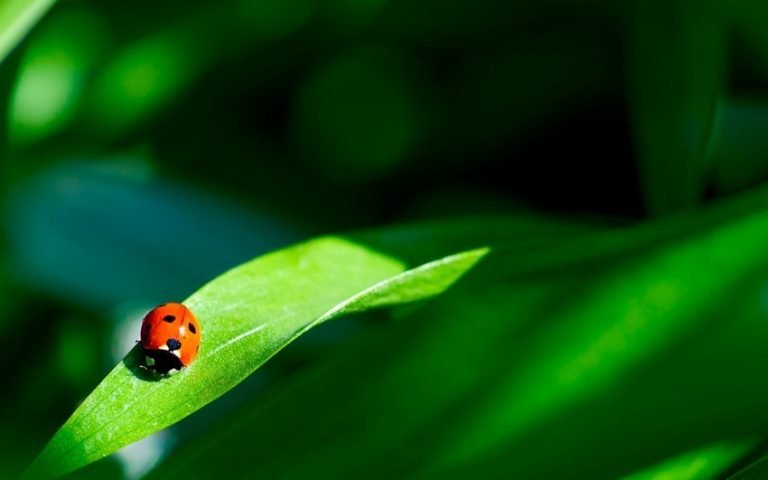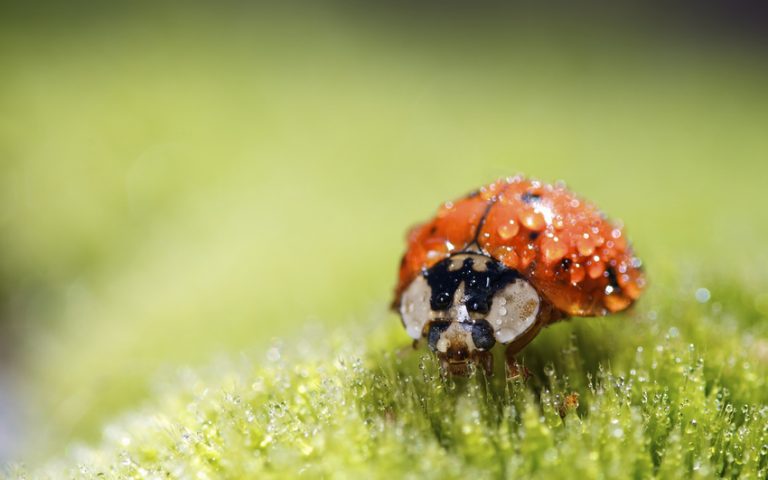Ladybug and ladybird refer to the same insect, a Coccinellidae beetle. In North America, the insect is primarily referred to as a ladybug, though sometimes it is called a lady beetle. In British English, the insect is called a ladybird.
As you can see from the photo of a ladybug, this bug is very small, rarely its length exceeds 9 millimeters. The body structure is round, convex. The elytra are brightly colored and covered with dark specks.
The ladybug’s head is connected to the front of the back. On the head, there are small eyes and a movable mustache.
It is not known for certain how the ladybug got such a definition.
Representatives of different ethnic groups have their own variants of the names of this insect. The Germanic peoples called him the bug of the Virgin Mary. Anglo-Saxons – Lady’s bird.
For the Slavs, it has always been the Sun. Latin Americans called Saint Anthony the ladybug. Asians are a red-bearded grandfather.
According to one legend, the ladybug was the link between the omnipotent gods and mortal people. She possessed magical powers and could change the weather.
The Catholics considered the insect to be the representative of the Mother of God.
Among the ancient Slavs, the bug was considered a messenger of the heavenly body. It was impossible to drive him away from himself, so as not to drive away luck.
#1 There is one interesting insect family on our planet – coccinellids. The well-known ladybug belongs to them.

Each of us is familiar with this insect since childhood and knows perfectly well how it looks.
#2 The hind wings enable the insect to fly.

They are hidden under the rigid front elytra, which provides reliable protection to the soft hind wings.
#3 The red ladybug is not for nothing that nature is gifted with such a bright color. So she scares away predators.

